What's New In Robotics This Week - May 06

Human-robot collaborative game; humanoid robot explores shipwreck; Valkyrie hits Boston; 3D-printing robot spider; Why robots must disobey; and much more. Find out what's happening in our robotics universe this week. We hope that the news we have selected will interest and amuse you. Enjoy!
Recycling Workers Vie for BonuSes by Getting Robots to Do the Dirty Work (MIT Technology Review)
A recycling facility in Alexandria, Minnesota has come up with a novel way to increase efficiency and accuracy during the waste sorting process --a human-robot collaborative game. With bonuses.
Human workers at the plant use software to monitor waste as it travels along a conveyor belt. Via a touchscreen, they identify any recyclable materials and what category they belong to (paper, tin, plastic, etc.). This information is sent to robot arms that then grab the waste items specified and place them in the correct bin. Bonuses are awarded to workers that salvage above-average amounts of recycling.
“People like solving puzzles, they like being mentally challenged,” says Cole Parker, cofounder and CEO of Jodone. By presenting the job as a puzzle and offering bonuses, Parker believes, he can make the job more interesting for workers, which should, in turn, make the operation profitable.
Jodone estimates that its system—which combines the company’s software with standard industrial robots—will generate $24 million in additional revenue for waste facilities. Under lab conditions, Parker says, they have achieved pick rates of 2,500 per hour—eight times higher than a human being alone—with 95 percent accuracy. The pilot project will be the first time the software has been tested outside of the lab.
Humanoid Robot Diver Visits an Ancient Shipwreck for Its Maiden Voyage (Motherboard)
An underwater humanoid robot dubbed "OceanOne" developed at Stanford University has been exploring the wreckage of a French ship that sank in 1664. OceanOne has two arms and is controlled from aboard ship using a guidance system that allows users to intuitively guide the robot's motions.
The recent dive down to La Lune, which is submerged 100 meters (328 feet) under the Mediterranean, was OceanOne’s maiden voyage, and it was a smashing success. The robot was able to carefully extricate artifacts from the wreck that had not been touched for centuries, and return them to the surface for study.
In the future, Khatib hopes to build a fleet of these artificial aquanauts, for deployment on projects that require a human touch without risking a human life. This could mean everything from further shipwreck exploration, to deep-sea mining, to underwater emergencies, to coral reef conservation.
“We connect the human to the robot in very intuitive and meaningful way,” he said. “The two bring together an amazing synergy. The human and robot can do things in areas too dangerous for a human, while the human is still there.”
Bound for Mars, a robot arrives in Boston for training (Boston Globe)
Valkyrie, a 6’2” tall, 275 pound humanoid robot designed for future Mars missions arrived in Boston this week to begin a series of tests.
Valkyrie’s destination may be exotic, but the robot’s tasks will be mundane. The Johnson Space Center in Houston will beam instructions to Mars (the transmission takes about 20 minutes), and the robot will carry them out autonomously. Likely jobs include repairing electronic boards, cutting cords, and changing batteries — all maneuvers that require dexterity, which is complicated to engineer.
“A [good] analogy is replacing batteries in a flashlight,” says Padir. “If we can do that with Valkyrie at the end of two years, that would be a great accomplishment from our perspective.”
Over the next two years, the Northeastern team will work on improving Valkyrie’s performance, especially at these kinds of fine-motor maintenance tasks. A separate team at MIT will be doing similar work with another copy of the robot.
Siemens is building a swarm of robot spiders to 3D-print objects together (Quartz)
German engineering giant Siemens has revealed that it is developing autonomous spider-like robots that can work together to 3D-print structures on command.
The eight-legged robots have a myriad of sensors that can perceive the world around them. They use a combination of a depth-perception camera (similar to Microsoft’s Kinect system) and an infrared laser scanner to “see” the world. Dalloro said the team at the lab have been working for a few years to design and simulate the software to figure out how the robots would move, and how they would work together, so that if one bot was working on building one section of an object, his teammate wouldn’t get in his way.
The team first concentrated on getting one robot to print something on a flat surface on its own, then print a small plastic object a few inches tall, using essentially the same plastic printing technology found in many consumer 3D printers. Now the team is working on using multiple robots to simultaneously build the same objects. Once the robots are able to work together, the researchers will focus on getting them to build larger objects.
Rover In U.K. Skillfully Driven By Astronaut Sitting In ISS (Inquisitr)
An astronaut aboard the International Space Station has successfully driven a robot rover on the earth's surface --a precursor to space missions in which spacecraft-bound humans remotely operate rovers on the surface of Mars, the moon, and other celestial bodies.
The experiment, titled “Supervisory Control of Mars Yard Rover” or SUPVIS-M for short, was designed to one day allow humans, more specifically astronauts, sitting on board ISS or other deep space vehicles, to reliably control robots or machines over vast distances. The experiment is part of Europe’s METERON (Multipurpose End-To-End Robotics Operations Network) project. The overall idea is to develop and optimize tasks and directional control.
The link between the man and robots, as well as the ancillary processes, need to be reliably strong and accurate. The project will also help researchers decipher which tasks are robotic and which are human. Other aspects include finding what data is needed to support the monitoring and control of assets, like vehicles and other unmanned machines on a remote planetary surface. All these components will collectively help build plans for future exploration initiatives and the design of mission systems.
April fundings, acquisitions and IPOs (Robot Report)
April was a big month for investing in robotics - 19 companies were funded to the tune of $175 million vs. $15.8M in January, $18.6M in February and $45.4M in March. Four companies were acquired with 3 of the 4 reporting selling prices totaling $422 million.
Tufts Roboticist Calls for Machine Morals: Robots Must "Disobey in Order to Obey" (Inverse)
Robots will have to learn how to disobey human commands in order to truly serve our needs, according to Matthias Scheutz, a computer science professor in Tufts University’s Human-Robotics Interactions Lab.
Some of these issues are already being hotly debated in the headquarters of the world’s most powerful tech companies, as they look for new ways that technology can take over parts of our lives. Scheutz raises the example of an autonomous car that is directed to back up but notices a dog lying in its path. Most of us agree that even the human driving the car would want the car to stop, but what if the animal was a squirrel or raccoon? What if the car was driving 45 mph down a country road and suddenly braking for a dog risked exposing the car to collision with another vehicle behind it?
“In either case, it is essential for both autonomous machines to detect the potential harm their actions could cause and to react to it by either attempting to avoid it, or if harm cannot be avoided, by refusing to carry out the human instruction,” Scheutz writes regarding a similar dilemma.
Scheutz’s team has been working on these issues with its prototypes and found the hardest part of these questions is differentiating the slight degrees of harm that might occur when a robot follows a certain order. So they assigned their robot a very simple but powerful moral lesson that would put even the great philosophers to shame.
“If you are instructed to perform an action and it is possible that performing the action could cause harm, then you are allowed to not perform it.”
And Finally...
Google, Uber, Ford Unite To Get Driverless Cars On Roads (Huff Post)
Machines can learn to respond to new situations like human beings would (Deep Stuff)
Preparing for the Future of Artificial Intelligence (WhiteHouse.Gov)
Meet Your New Industrial Robot Coworkers (SingularityHub)
Boston conference showcases robots that can be team players (Boston Globe)
Space engineers eye industrial robot space (China Daily)
Elon Musk Opens $1 Billion "Robot Gym" for Artificial Intelligence Training (NWN)
Farming with robots (Robohub)

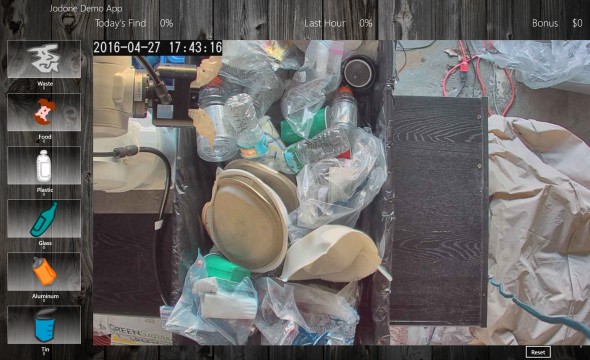
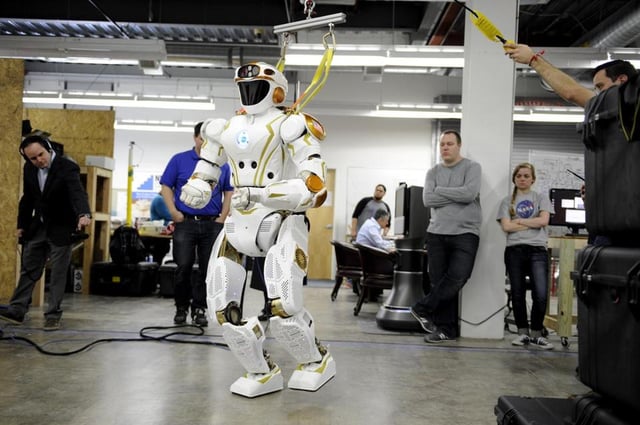
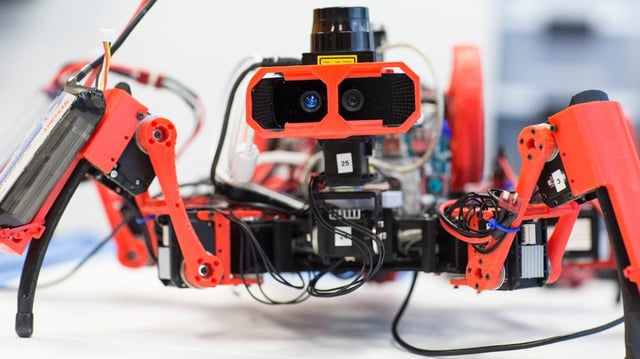

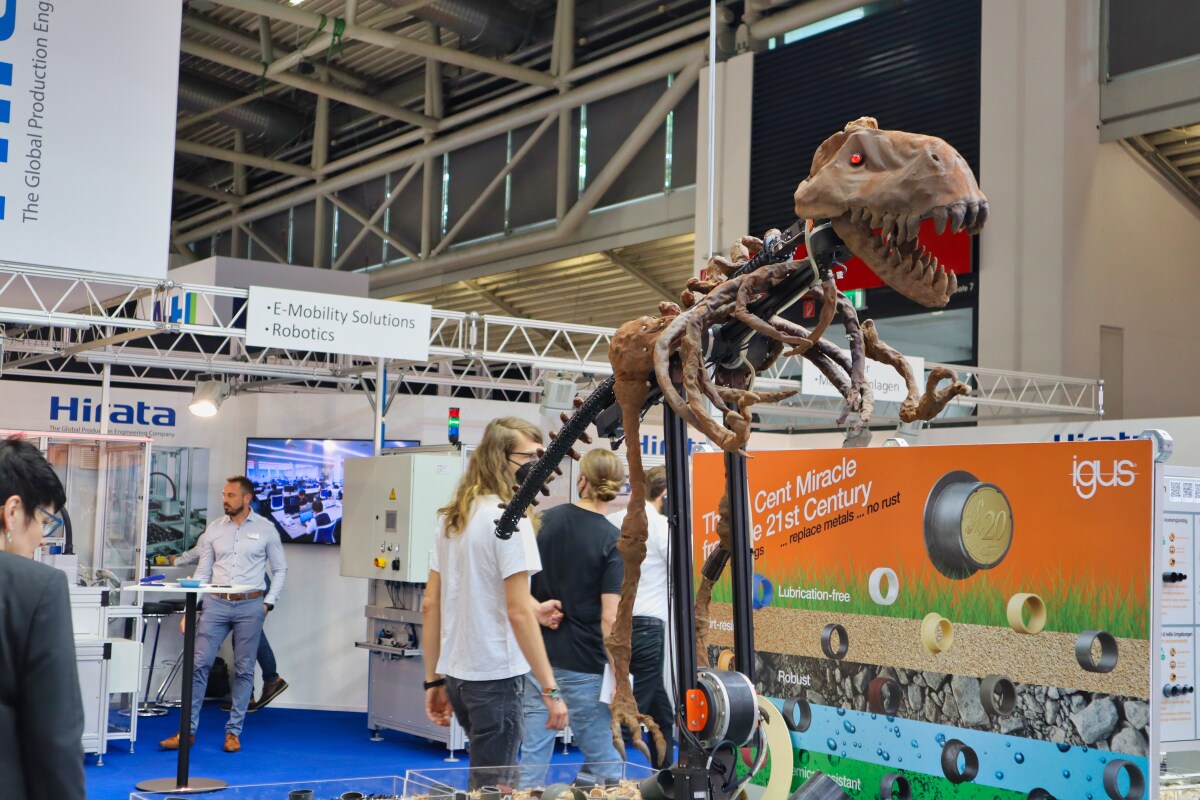

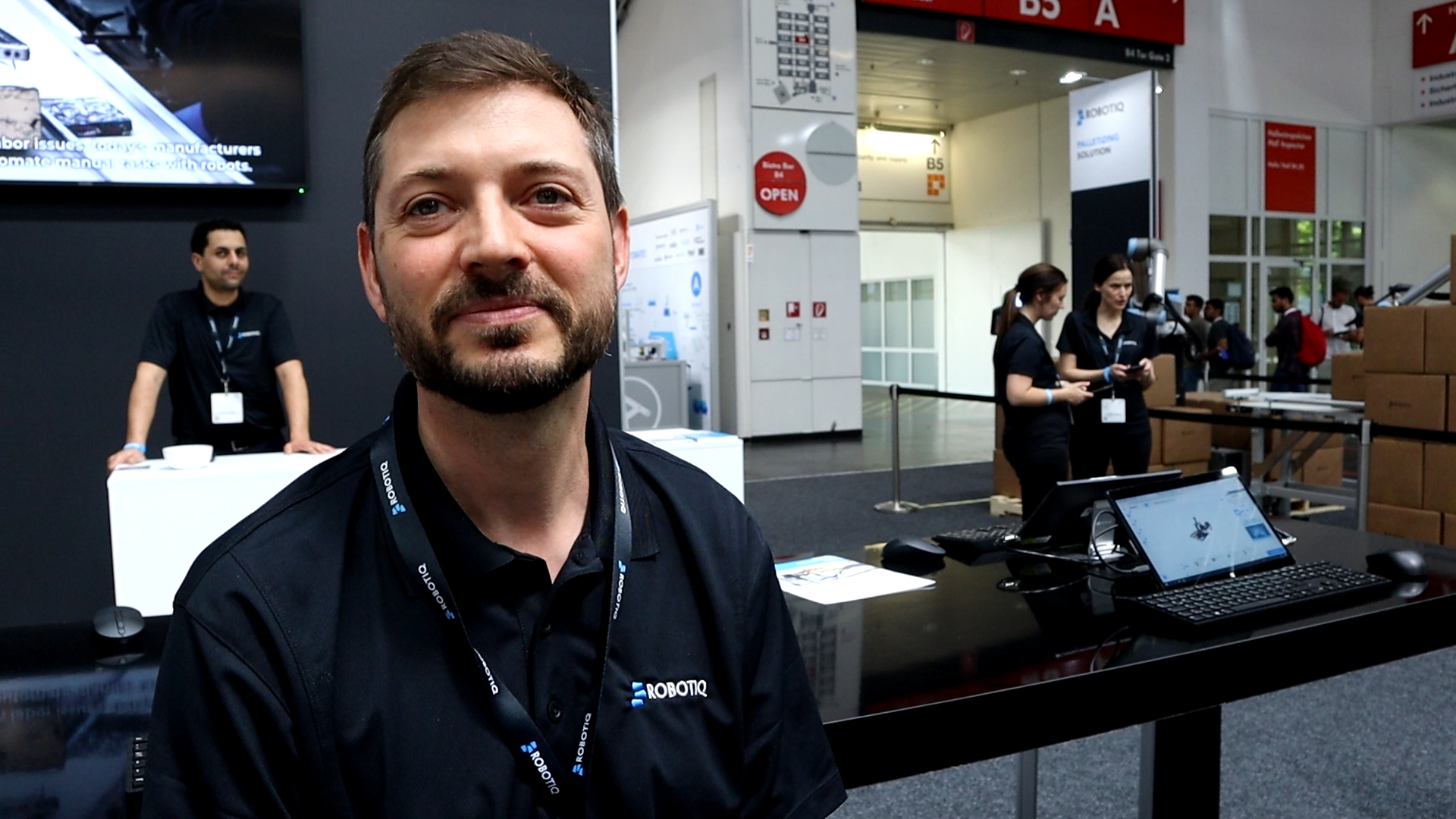
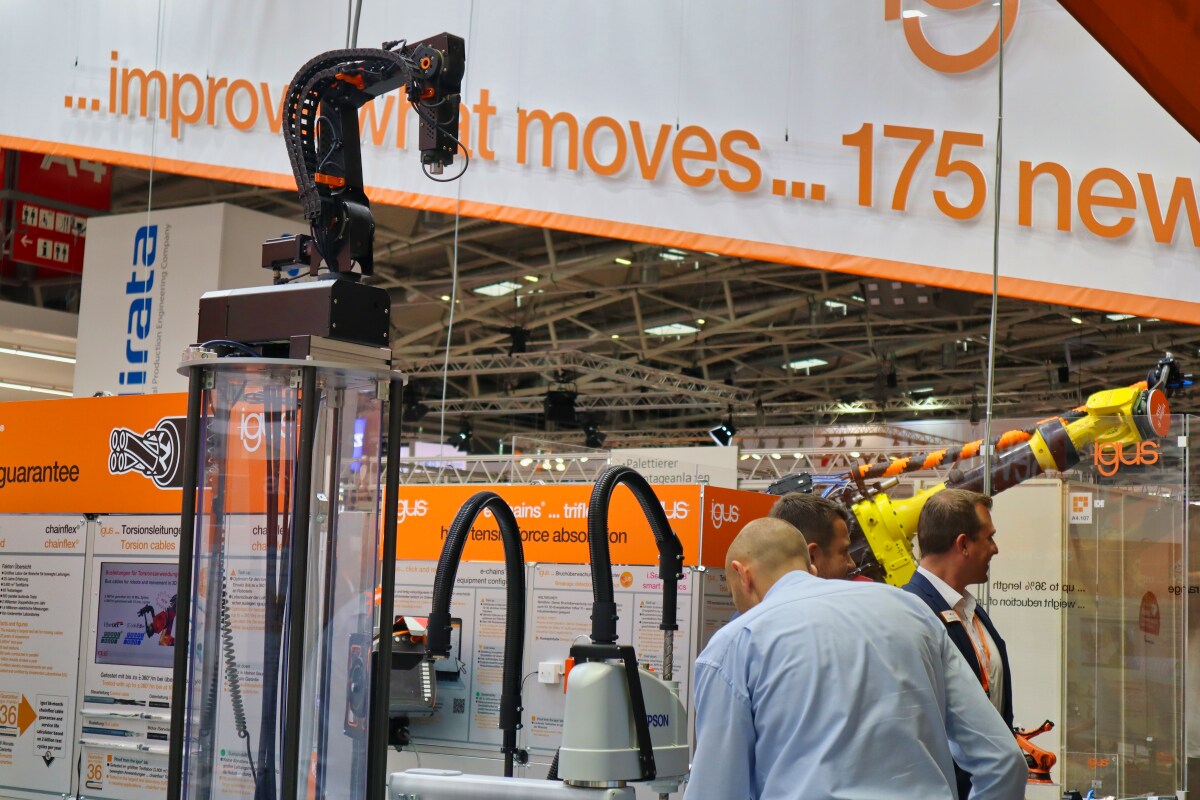
Leave a comment